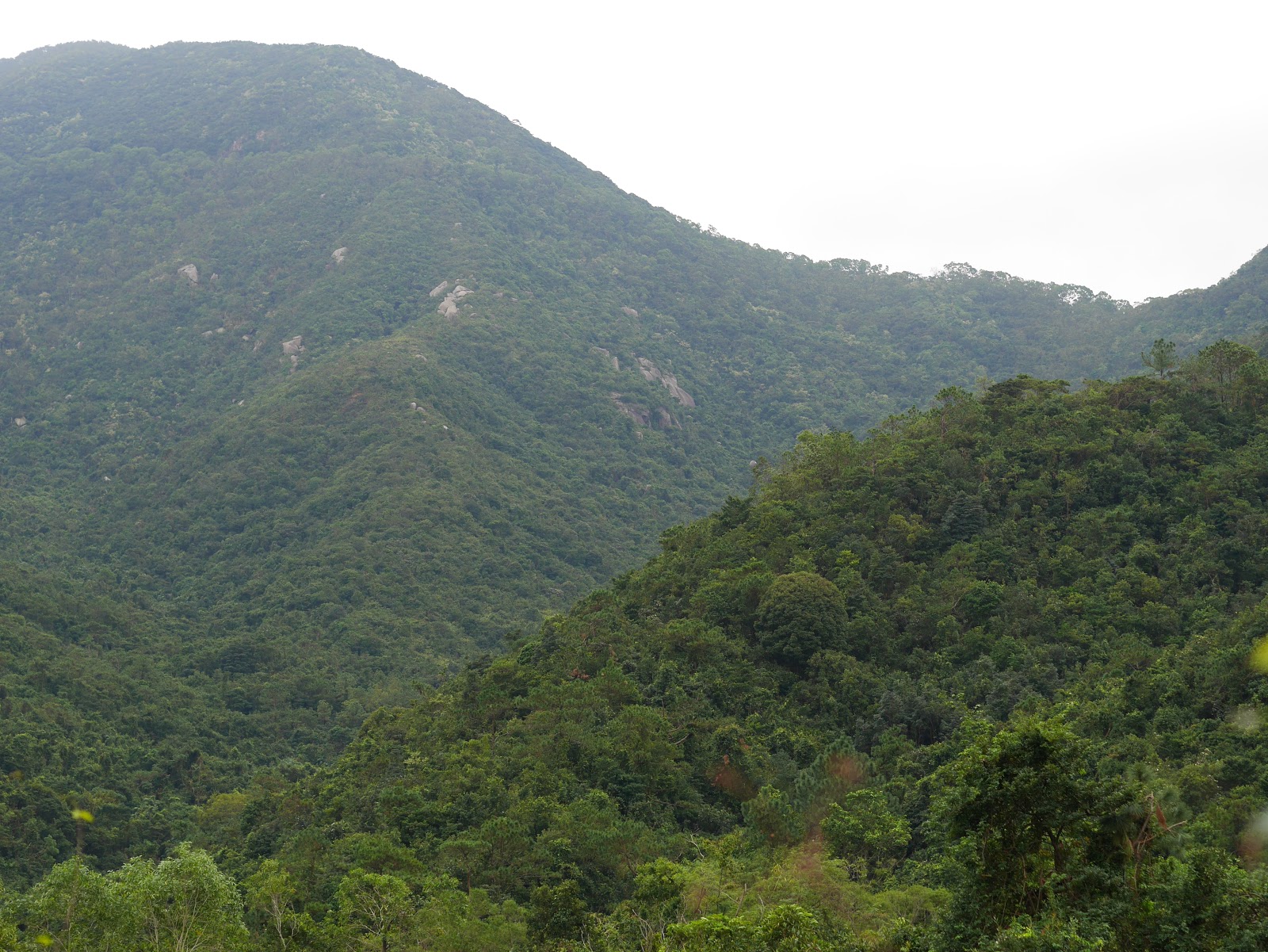 |
The rugged, thickly vegetated slopes of Mount Parker.
|
The Japanese took Hong Kong in 18 days and held it for three years. A similar story unfolded in Taiwan, 500 miles to the northeast. I have seen some anti-Japanese posters here, but one of the most interesting things about the People's Republic (and the Republic of ...) is the generally sanguine disposition of most folks toward present-day Japanese culture. Nobody here wants to consume Chinese culture or Chinese-made goods. They want to watch Korean soap operas and buy Korean electronics, and they want Japanese clothing and housewares.
 |
Chekiang machilus, related to the laurel.
|
 |
Bark of the scolopia tree. These don't exist in the Western Hemisphere.
|
 |
New growth on a Hong Kong gordonia. They sport white flowers throughout the winter.
|
Anyway, the Japanese were busy on Dec. 7, 1941. The same day they attacked Pearl Harbor, they came streaming down these hillsides to attack the British colony. Today, this area is known as Tim Tam Country Park, and sporty residents of the city bound up its paths in Under Armour compression leggings toward a hilltop group of reservoirs that continue to be an important source of Hong Kong's fresh-water supply.
Unlike the generals at Pearl Harbor, Hong Kong had known for three years that an attack was imminent. The field stoves pictured below were built as part of the city's defense preparations, but most were never used because when the rout was on, it was on.
 |
Defense forces built these wartime stoves in the hills in anticipation of a Japanese invasion. The following gif sums up the result ...
|
I saw some remarkable trees and flowers along the Quarry Bay Tree Walk, some of which were helpfully identified by signs. Visiting these green areas in Asia, I often feel like the DC Comics character Adam Strange after being teleported to the planet Rann, where he encounters all sorts of strange plants and animals. It really is the closest thing to visiting another world.
 |
Soft-fruited ormosia.
|
 |
No ID. Any help appreciated.
|
 |
Discreet engineering. Holes are bored in hillside rock. Water seeps into concrete catchments, which lead to aqueducts like this.
|
 |
Ear-leaved acacia. Introduced from Australia or Papua New Guinea.
|
 |
| Just before the trail deposits you back into the city, you're rewarded with some OMG views. |











Comments
Post a Comment